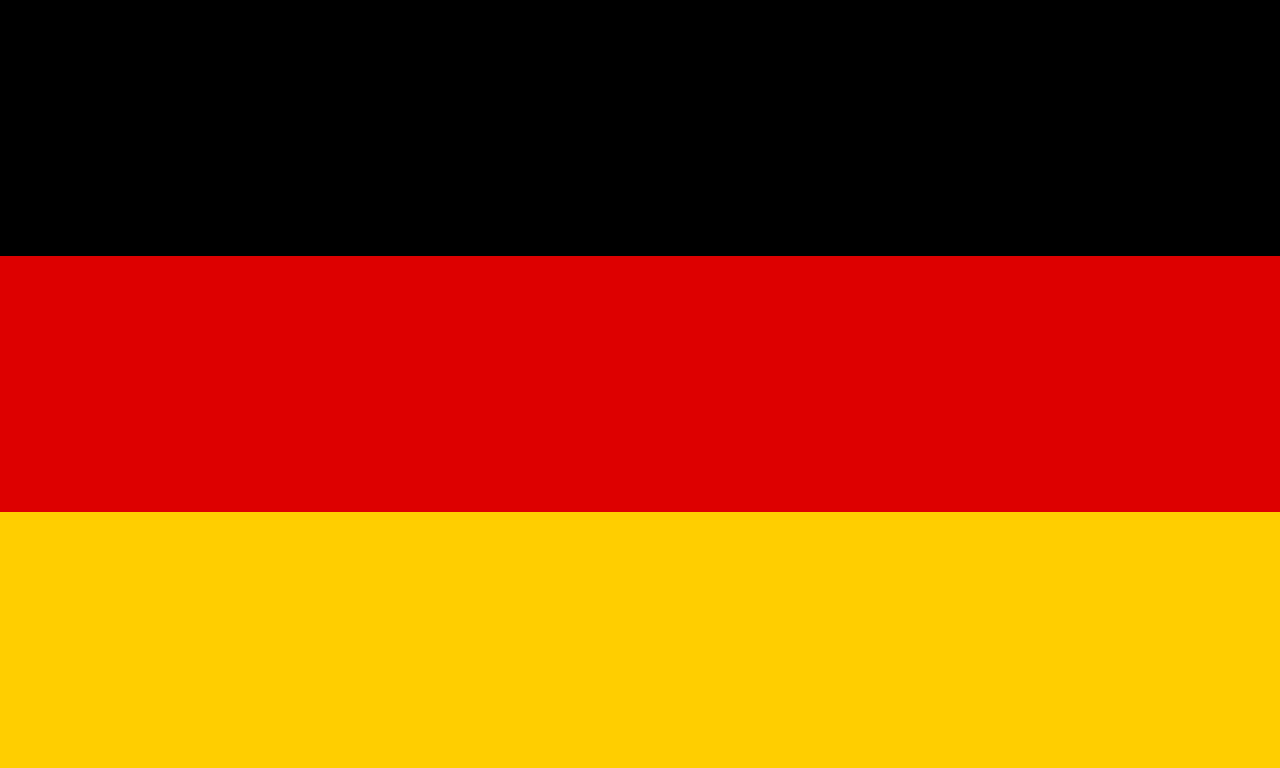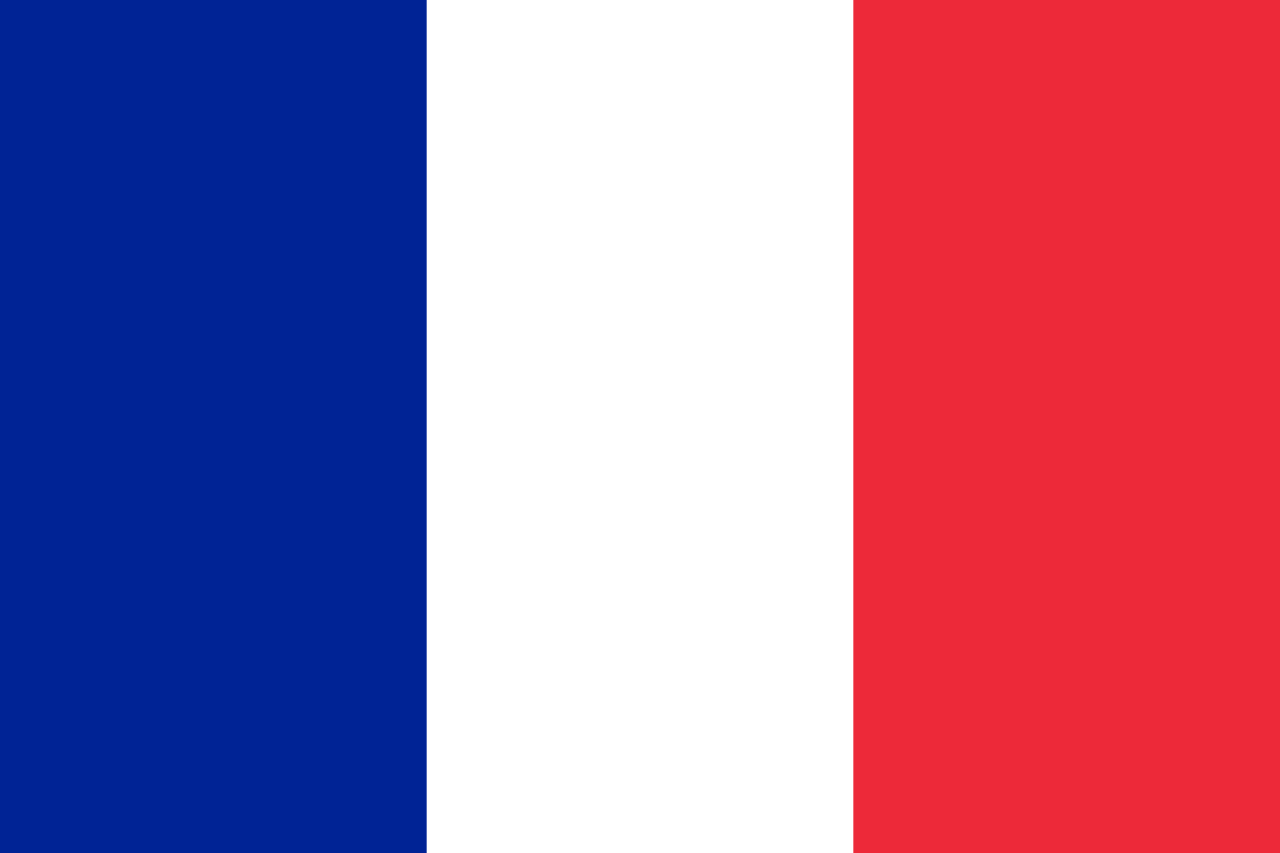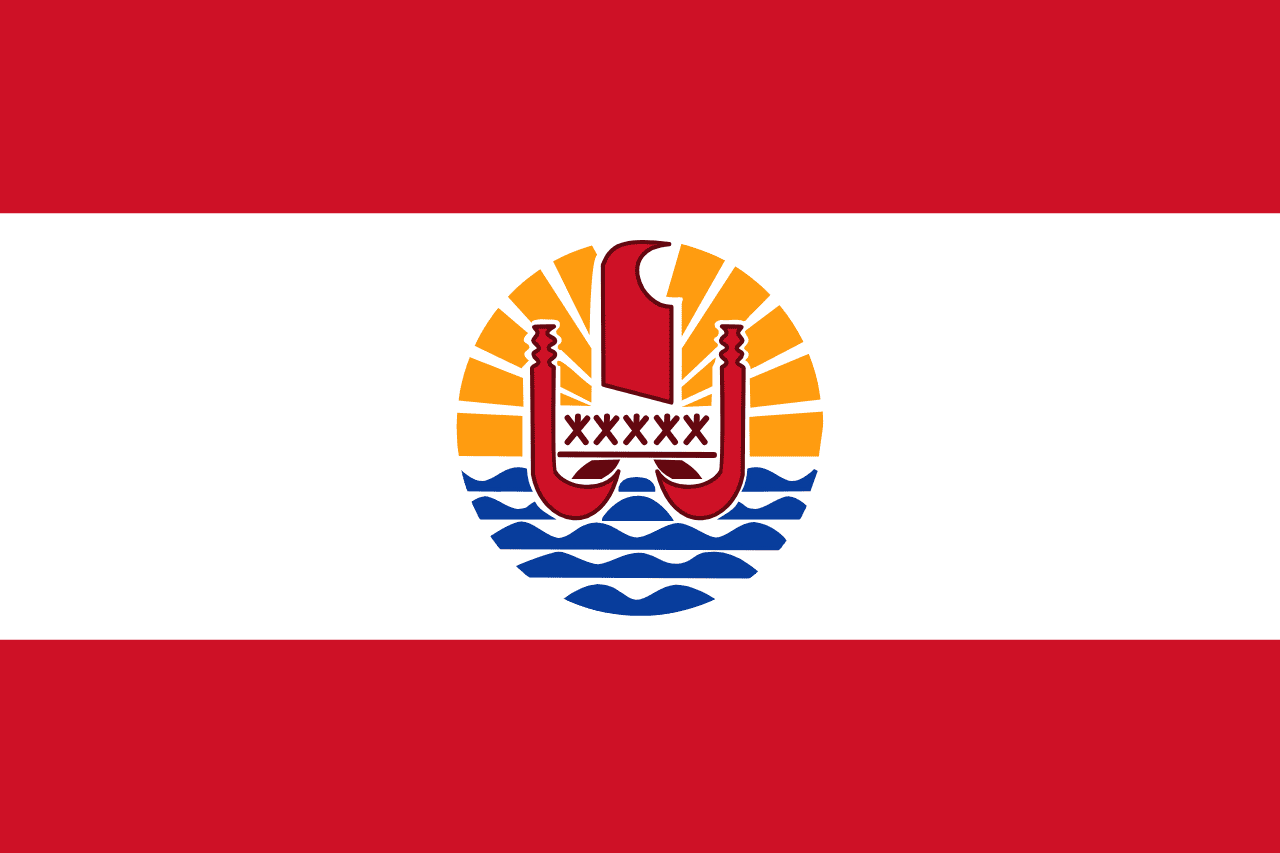The flag of Gabon consists of three horizontal stripes of green, yellow, and blue. These vibrant colors represent the country's natural resources, geographical features, and national identity. The simple yet striking design embodies Gabon's rich biodiversity, strategic location, and aspirations for the future.
Gabon information
| National Flag Day | — |
| Sovereign state | Yes |
| Official name | Gabonese Republic |
| Capital | Libreville |
| Population | 2,227,734 |
| Area | 266,667 km² |
| Currency | CFA franc (XAF) |
| Language | French, Fang, Sira, Punu, Myene |
| Continent | Africa |
| Region | Central Africa |
| Subregion | — |
| Borders | Cameroon, Republic of the Congo, Equatorial Guinea |
| Timezone | West Africa Time (WAT) UTC+1 |
| Calling code | +241 |
| Top-level domain | .ga |
History of the Gabonese flag
 The flag was adopted on August 9, 1960, upon Gabon's independence from France. This significant moment marked the end of colonial rule and the birth of a new nation. The choice of colors and design was carefully considered to reflect Gabon's unique characteristics and natural wealth.
The flag was adopted on August 9, 1960, upon Gabon's independence from France. This significant moment marked the end of colonial rule and the birth of a new nation. The choice of colors and design was carefully considered to reflect Gabon's unique characteristics and natural wealth.
Symbolism and design of the Gabonese flag
The flag of Gabon is characterized by its three horizontal stripes of equal width. Each color holds deep symbolic meaning:
- Green: Represents Gabon's extensive rainforests and rich biodiversity. It symbolizes the country's commitment to environmental conservation and sustainable development.
- Yellow: Symbolizes Gabon's position straddling the equator and its abundant sunlight. It also represents the country's mineral wealth, particularly its oil resources.
- Blue: Represents the Atlantic Ocean that borders Gabon, highlighting the country's maritime resources and connection to the global economy.
Usage and significance of the Gabonese flag
 The Gabonese flag serves as a powerful national symbol of pride and unity. It is prominently displayed on official buildings, during national holidays, and at cultural events. The flag represents not only the country's natural beauty and diverse ecosystems but also its aspirations for progress and development.
The Gabonese flag serves as a powerful national symbol of pride and unity. It is prominently displayed on official buildings, during national holidays, and at cultural events. The flag represents not only the country's natural beauty and diverse ecosystems but also its aspirations for progress and development.
Interesting facts about the Gabonese flag
- The flag's design has remained unchanged since its adoption in 1960, reflecting the stability of Gabon's national identity.
- Gabon is one of the most urbanized countries in Africa, with over 87% of its population living in urban areas, despite its abundant natural landscapes represented in the flag.
- The country boasts significant biodiversity, with over 13 national parks preserving a wide range of wildlife and ecosystems, including rainforests, savannas, and coastal habitats - all represented by the flag's colors.
- The blue stripe on the flag not only represents the Atlantic Ocean but also symbolizes Gabon's commitment to marine conservation, as the country has established one of Africa's largest networks of marine protected areas.
- The flag's simple tricolor design is similar to several other African nations, but Gabon's unique color combination sets it apart and makes it instantly recognizable.
The Gabonese flag stands as a testament to the country's natural wealth, strategic location, and commitment to sustainable development, encapsulating the spirit of the nation in its vibrant colors.





